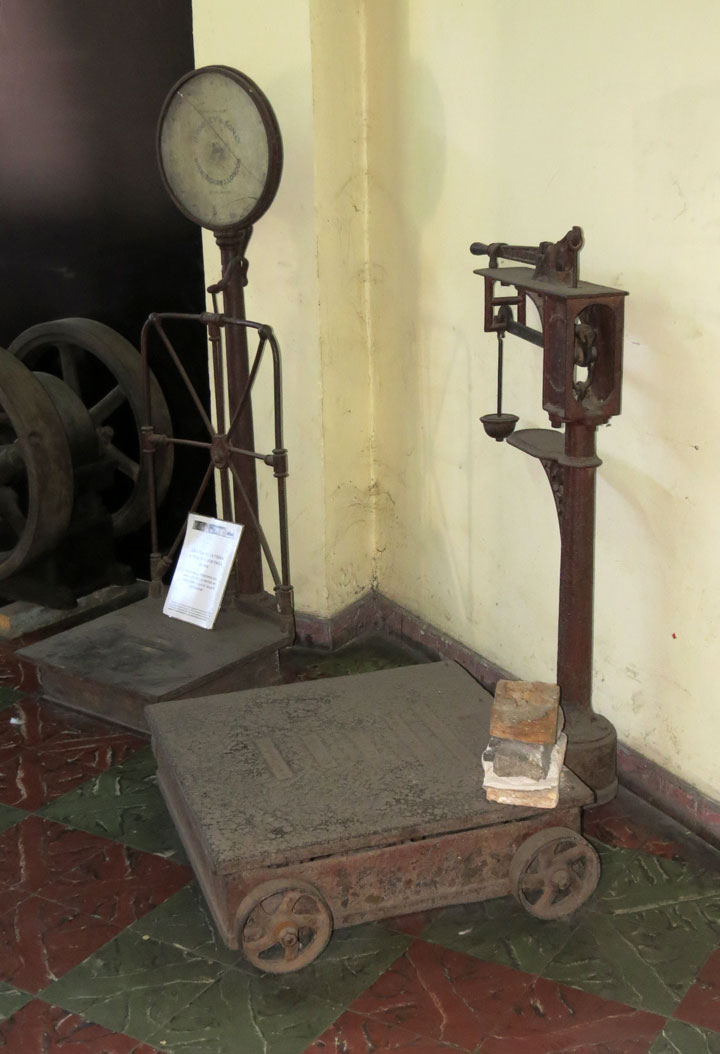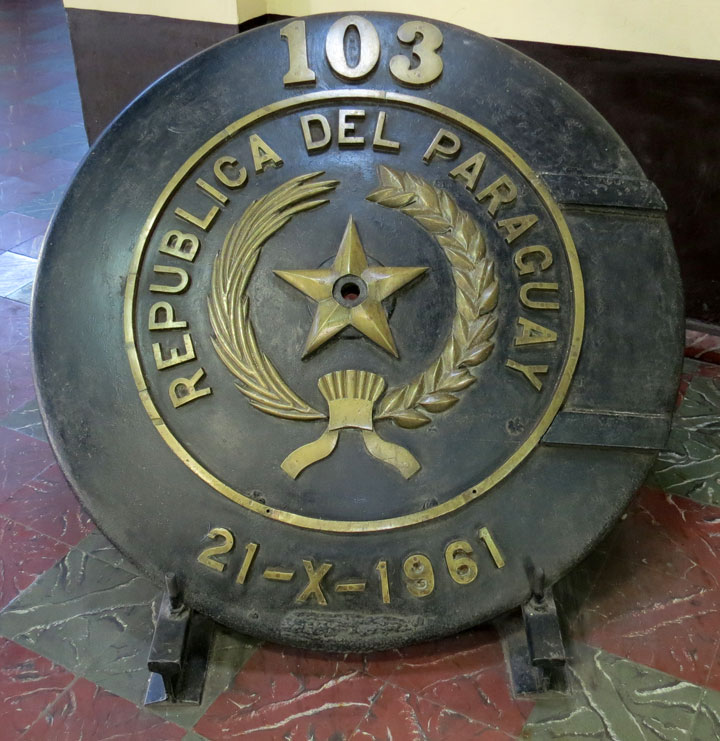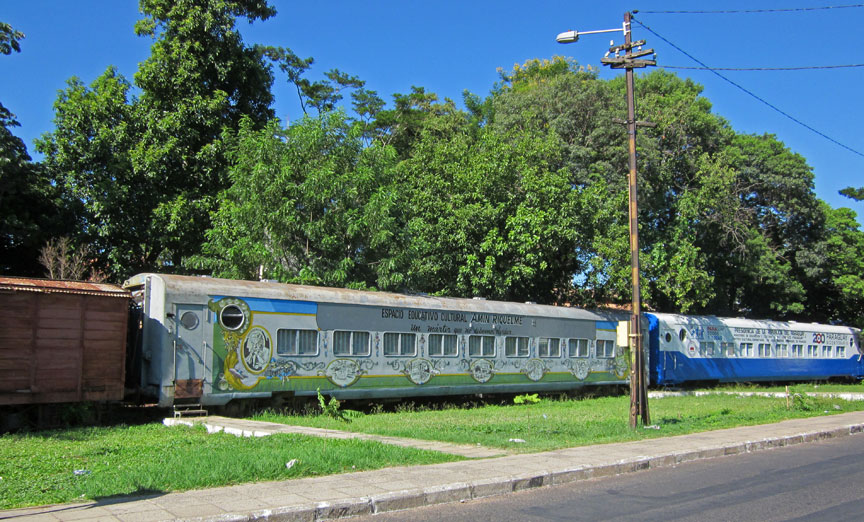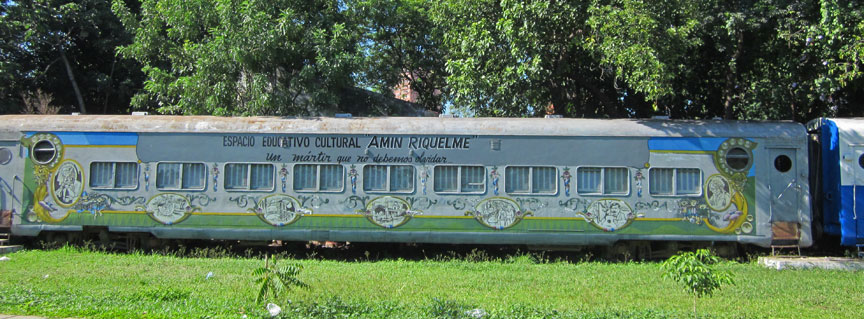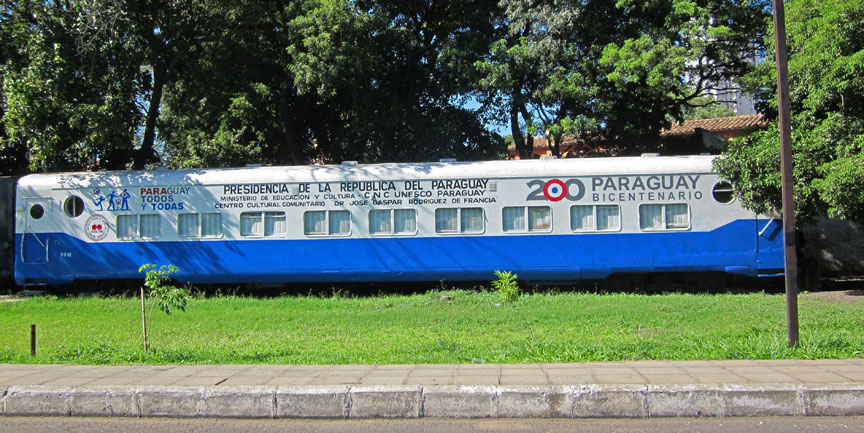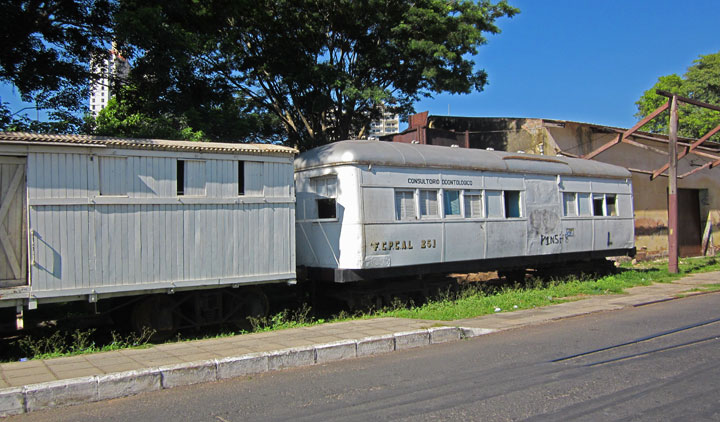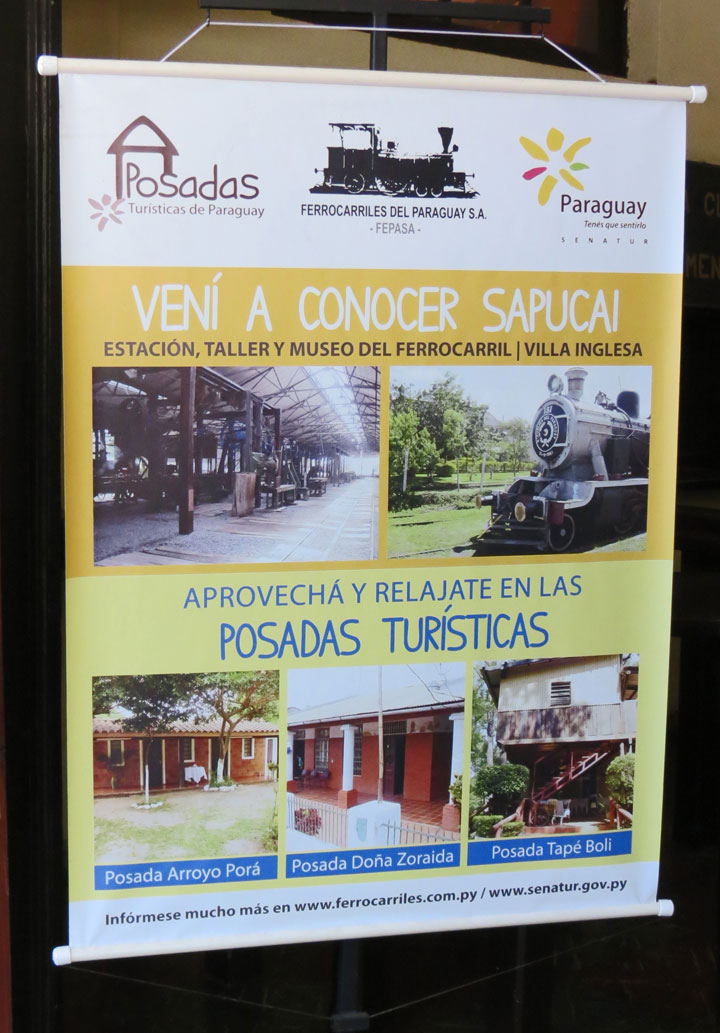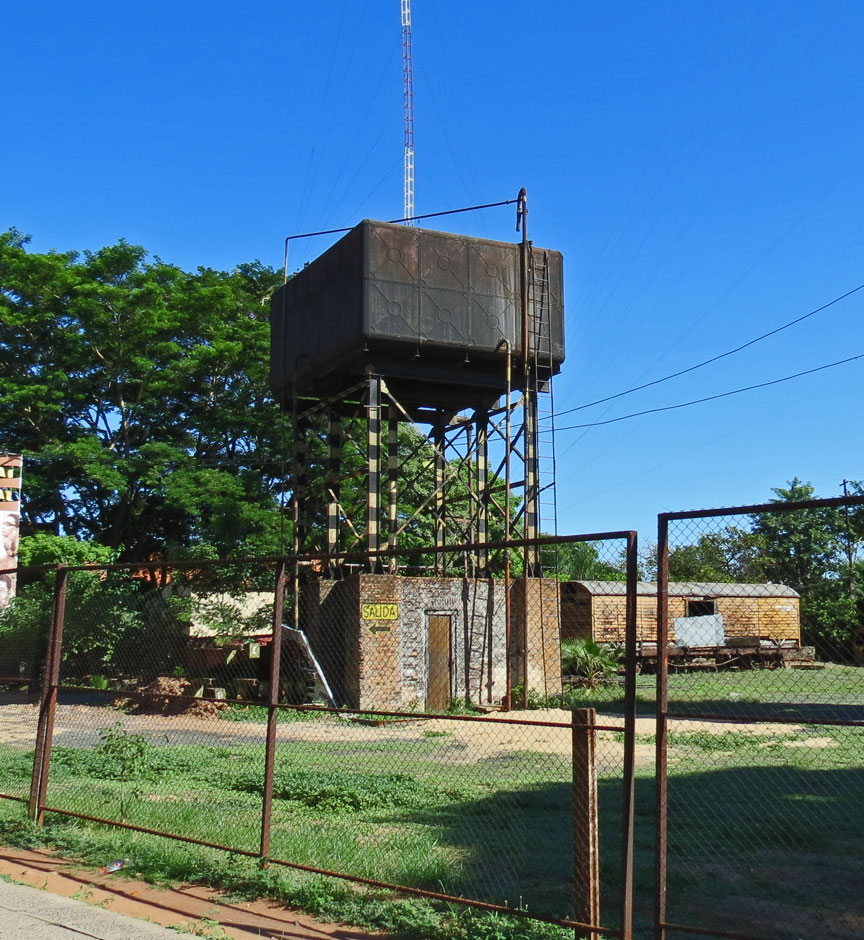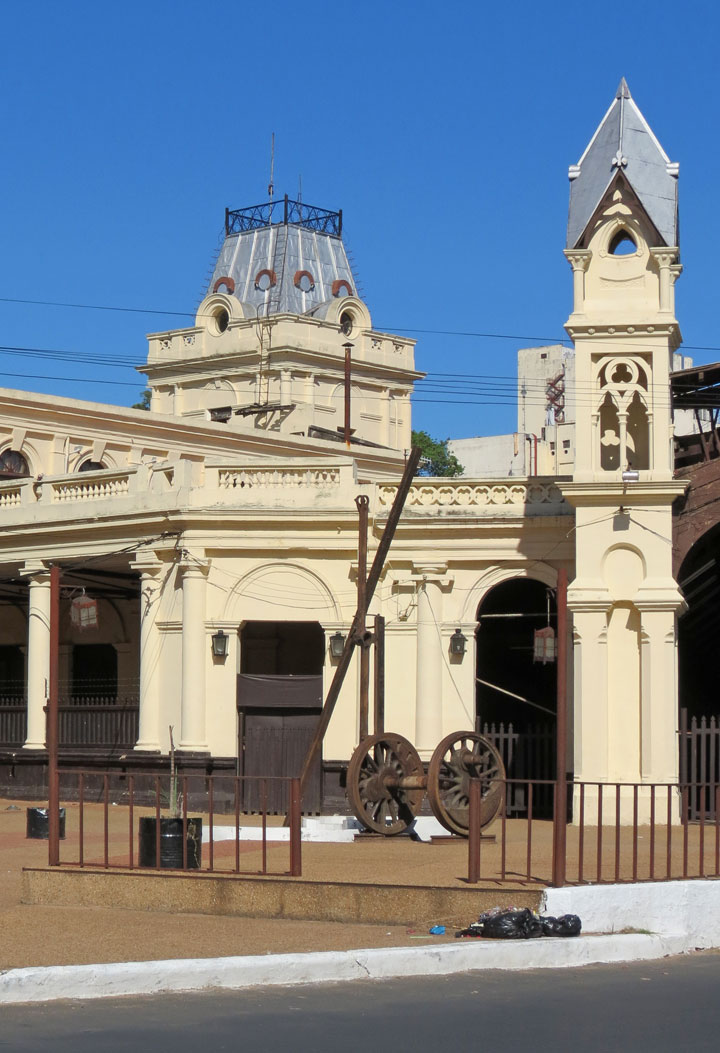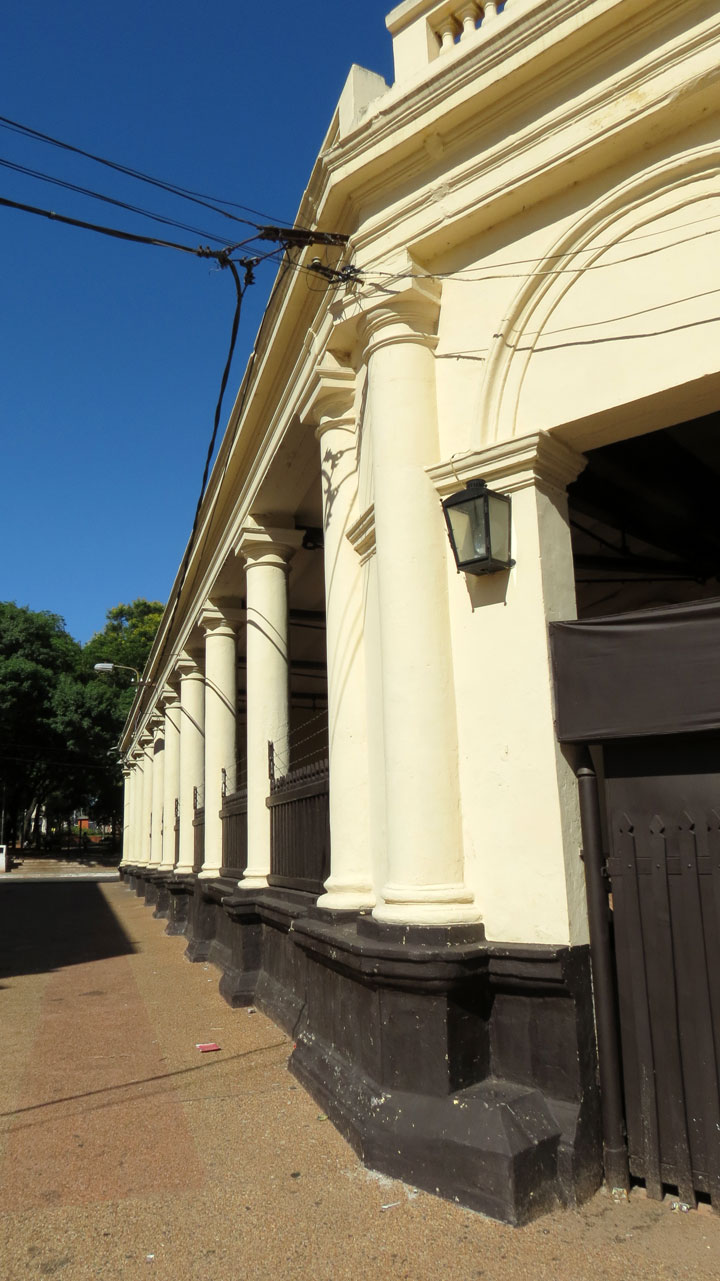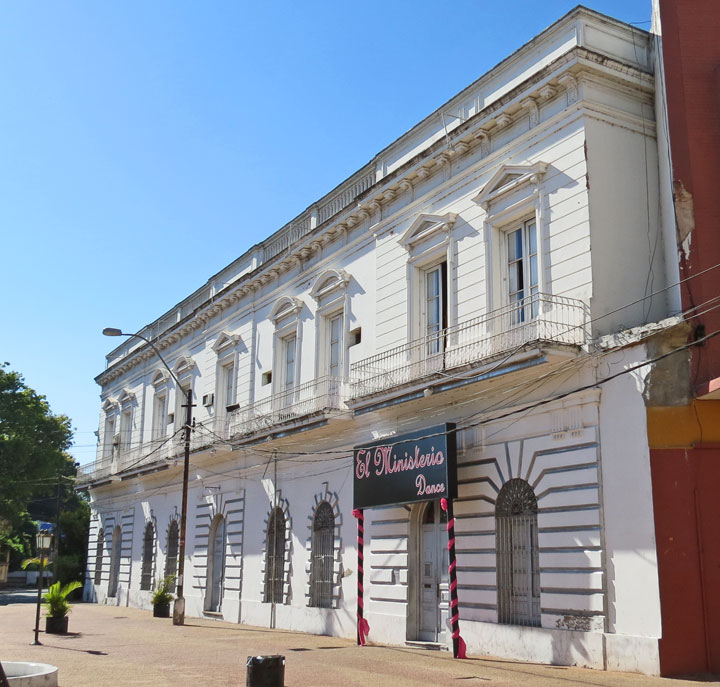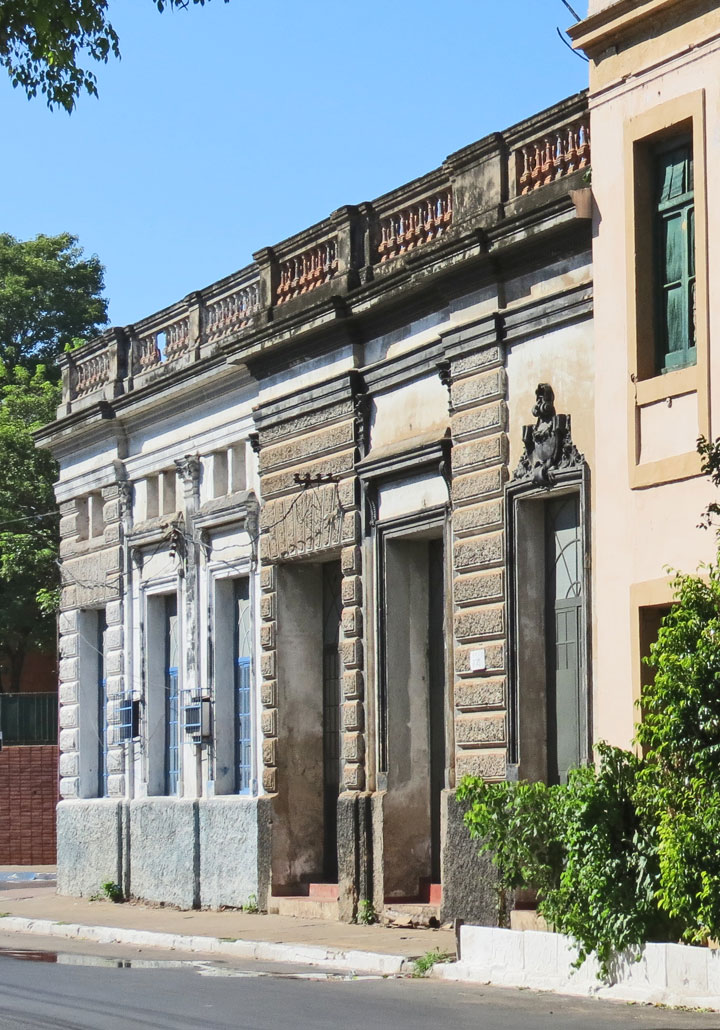

Rail in Paraguay
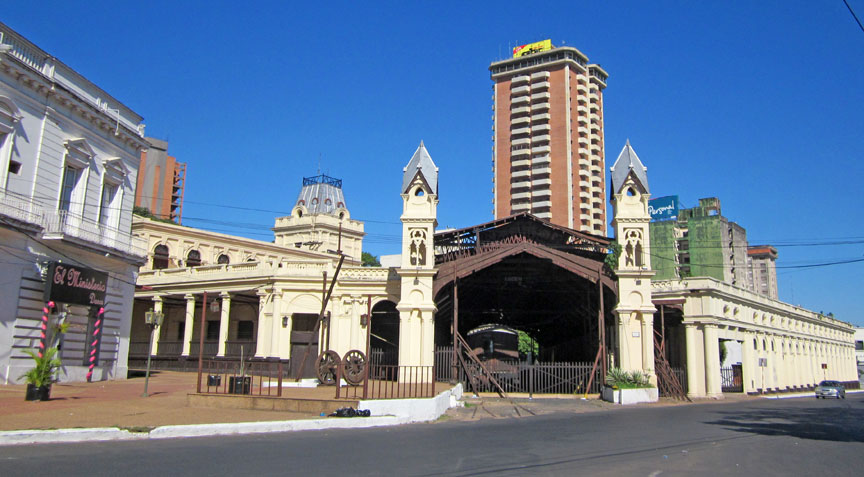
Station Saint Francis
In 1856 started the studies to make the first railroad of the country that would go from Asunción to Paraguarí. With the concession of the company to English hands the railroad extended to Encarnación.

route of the railroad
In Paraguay the intentions to have a train manifested, with only 5 years later it was possible to have one working. On June 14, 1861 was made the first journey from the station to the port of Asunción, so it could be said that the train in Paraguay was one of the first to function in South America.
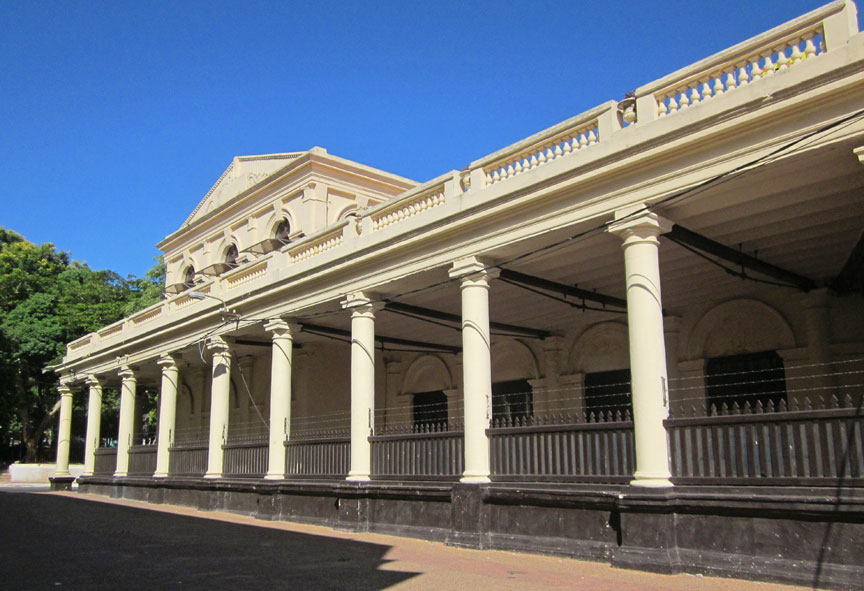
The possibilities of starting the construction of the railroad in Paraguay were
given in 1854, during the government of Carlos Antonio López, who hired English
engineers in charge of the studies made to start the first railroad line that
would go from Asunción to Paraguarí.
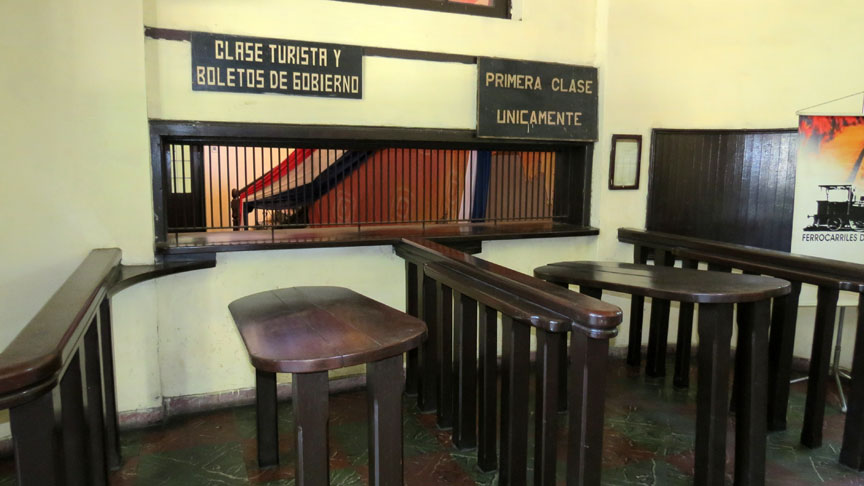
ticket desk
In 1856, while in the country, soldiers of the army work on the tracks and level, in England, the firms BLYTH proceed to fulfill the requests of the Paraguayan government with locomotives, wagons, rails, etc.
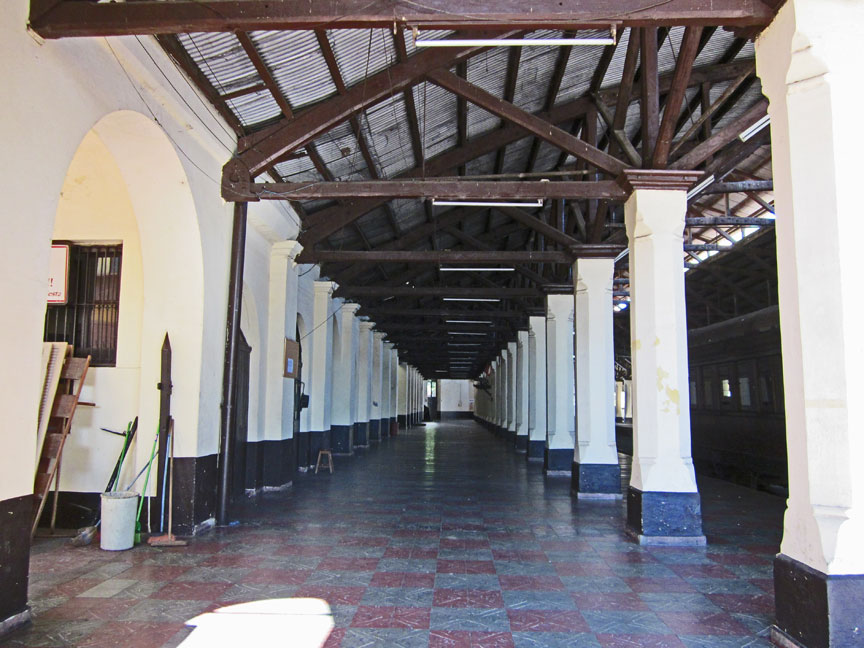
The construction of the track Asunción-Paraguarí was in charge of George
Paddison, an English engineer hired by the government. All kinds of accessories
for the stations were built from models, with local materials.
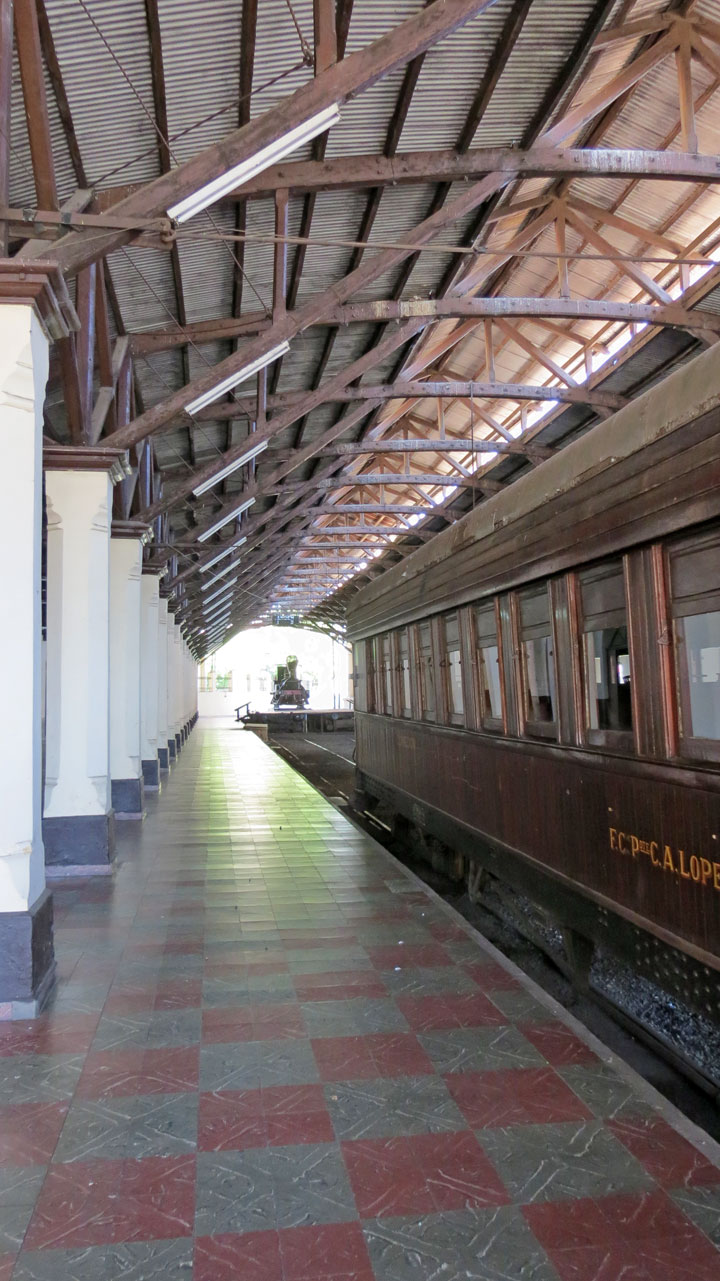

Between 1857 and 1859 the engineers Jorge Thompson, Enrique Valpi and Percy
Burrel were incorporated in the project, which help to fasten the work.
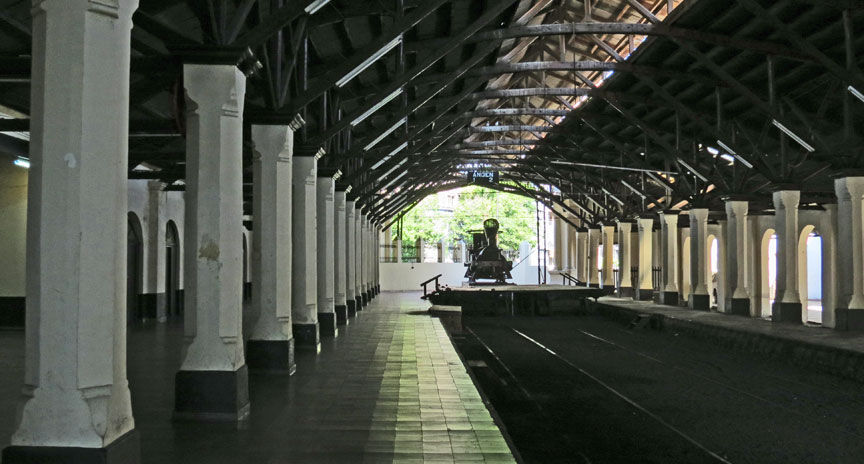
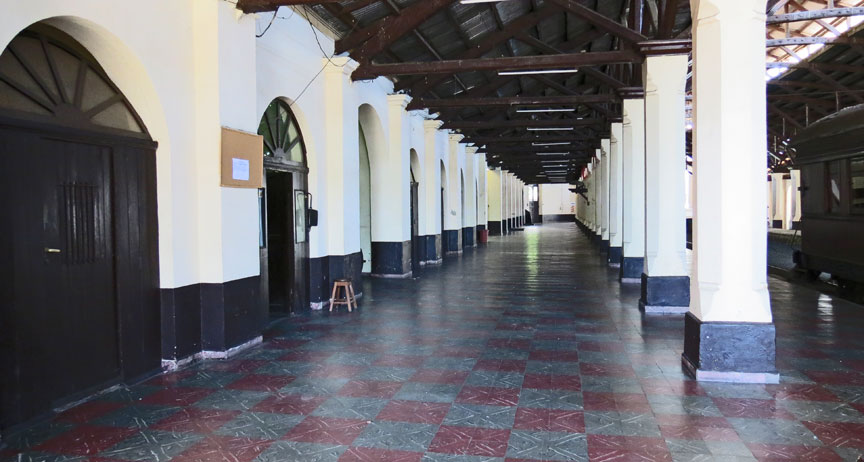
The first local train started to work on June 1861; it went a short track from
the central station in Asunción to Trinidad. Six months later the track was
extended to the city of Luque.
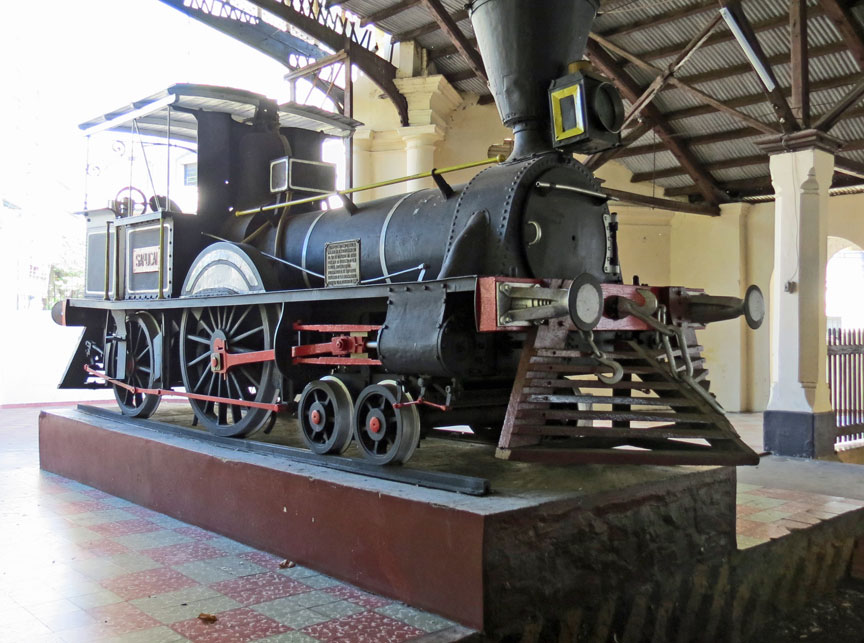
The extension was inaugurated on December 25 and according to the journal “El
Semanario” it was motive of great joy for the citizens. “The locomotives have
been functioning since 5 am until 12 pm, and it would be necessary to add three
more trains to take the people that expected to get a ride and that came not
only to Luque but also to Trinidad. In Luque were organized games, dances and a
masquerade, in Trinidad, there were also bullfights” (transcript from the
journal). In 1862 the rail tracks extended to Areguá.

When Francisco Solano López inaugurated the train in Paraguay, he brought to the
Paraguayan citizens the new technology in communications that had made such
great impact in other countries of South America. This way of transportation, in
terms of cost and time, was an economical revolution, and its use helped to
consolidate nations and empires. Unfortunately, in Paraguay that was not the
case because it suffered, as well as other industries, the ramifications of the
War against the Triple Alliance (Brazil, Argentina and Uruguay), and during the
times after the war, the administration past from the government to private
companies.
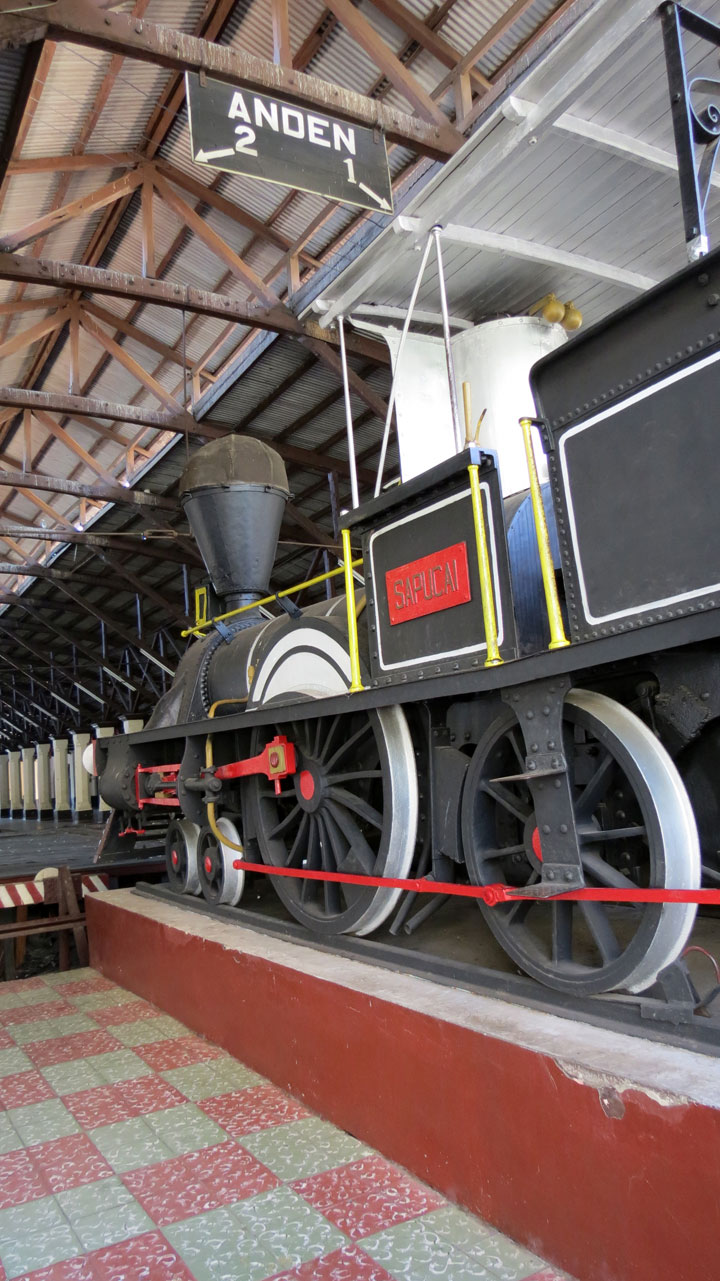
During the war, the station of trains had to be used as a hospital.
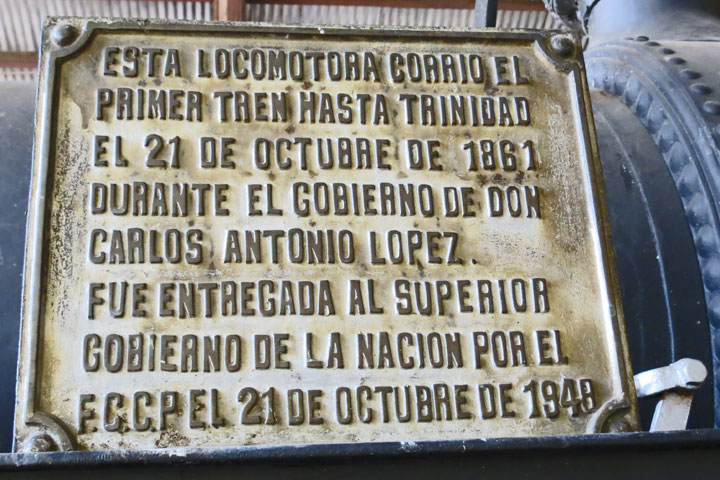

Of the public buildings that were finished before the war of 1870, the most
noticeable are the Palace of Government and the Train Station, which are still
nowadays true icons of Asunción City.
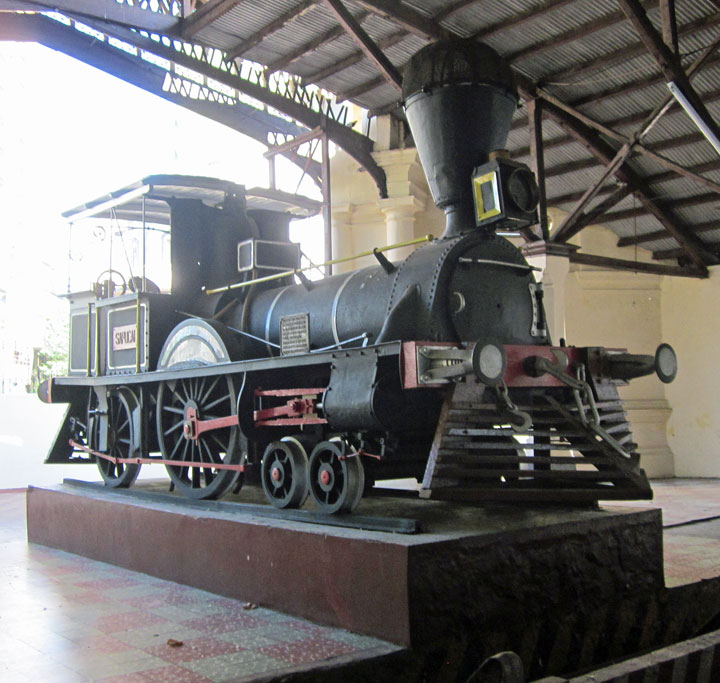
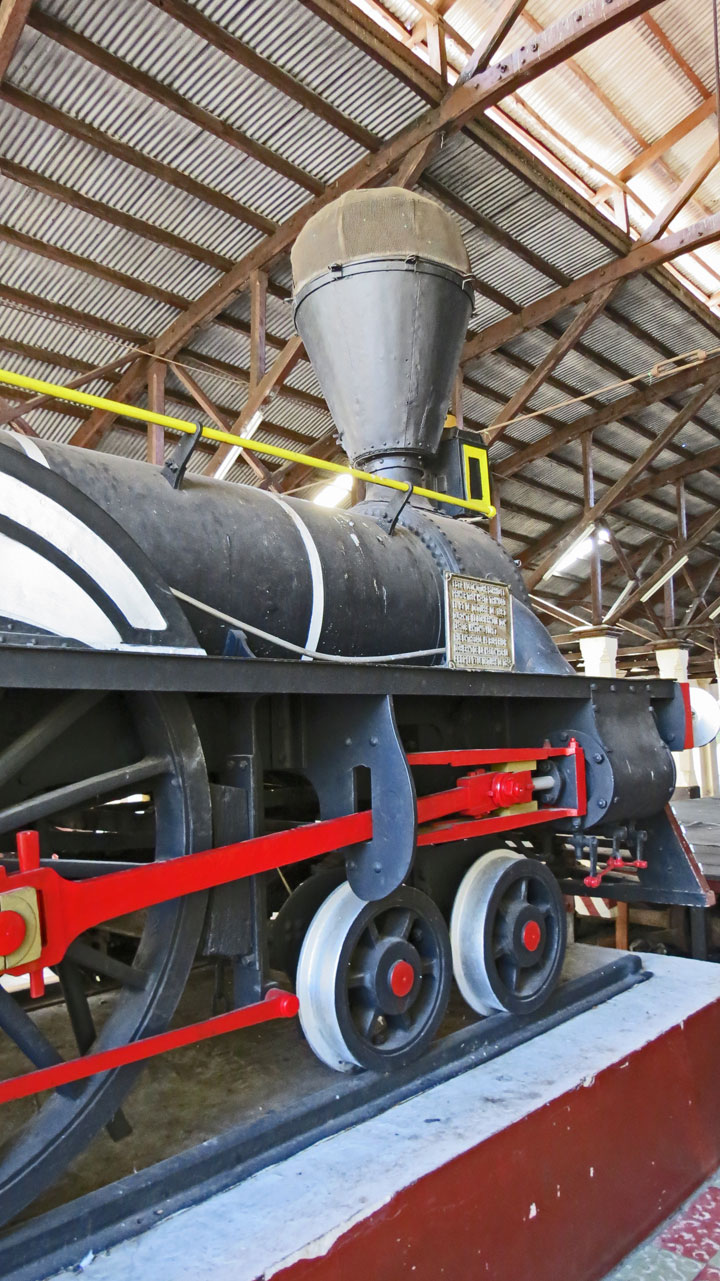
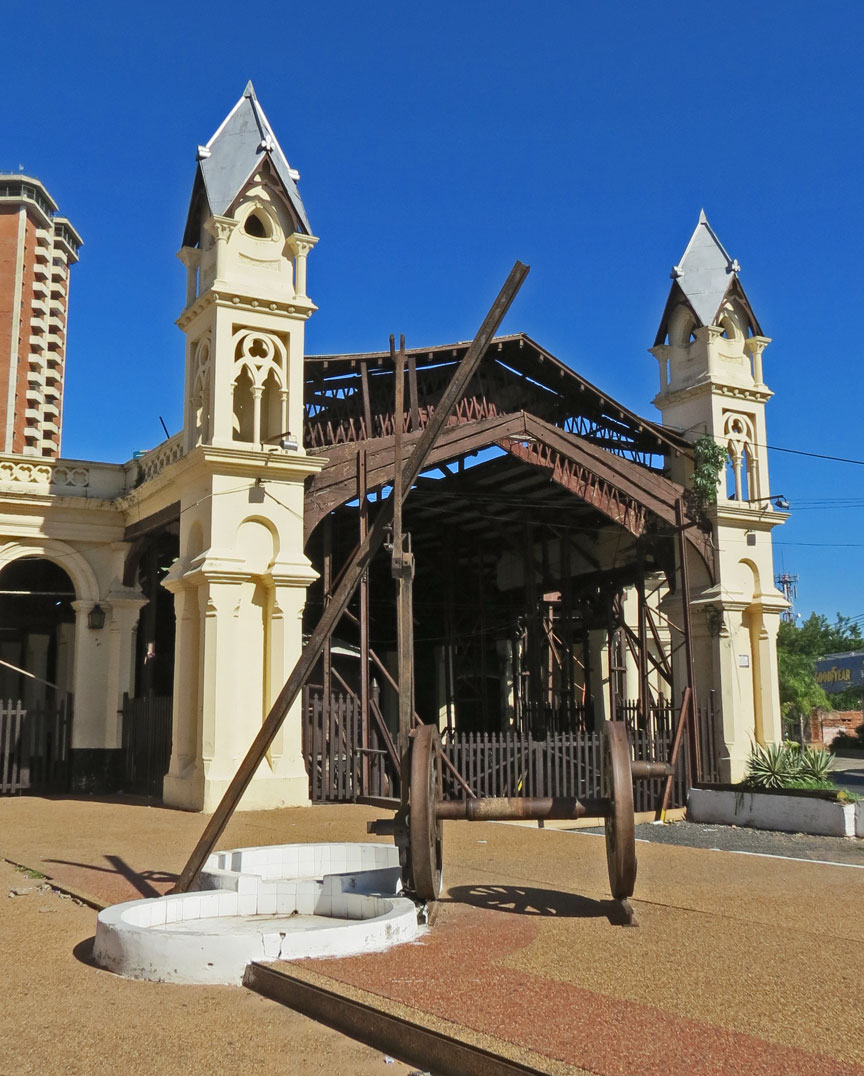
The original name of the Central Train Station was “Estación San Francisco”
(Station Saint Francis), even though it was known also as “Plaza San Francisco”
(Square Saint Francis) in the beginning.
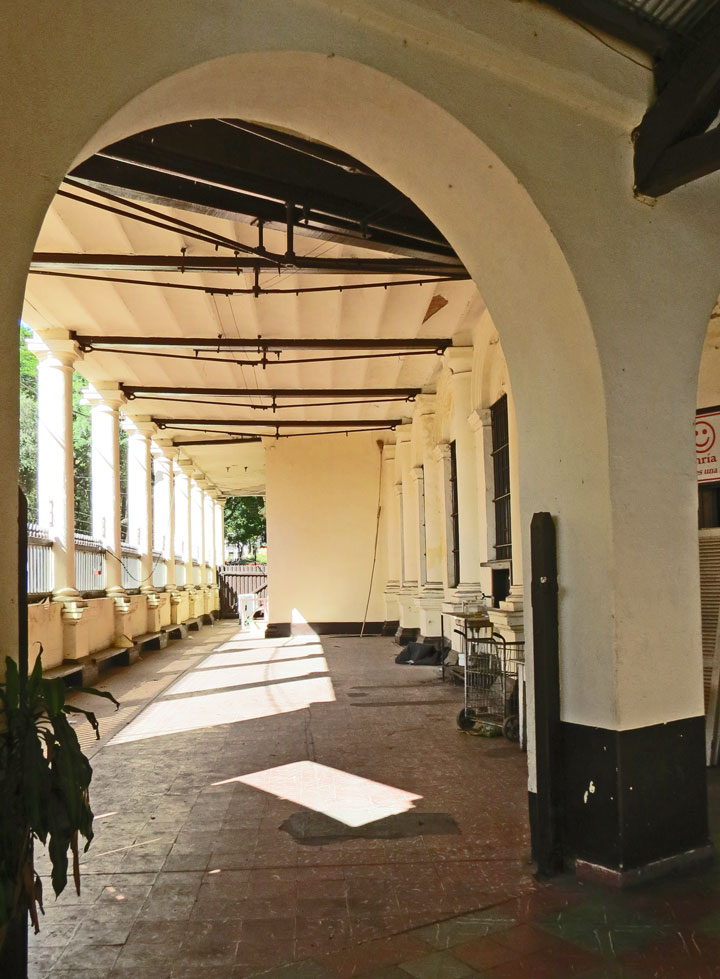
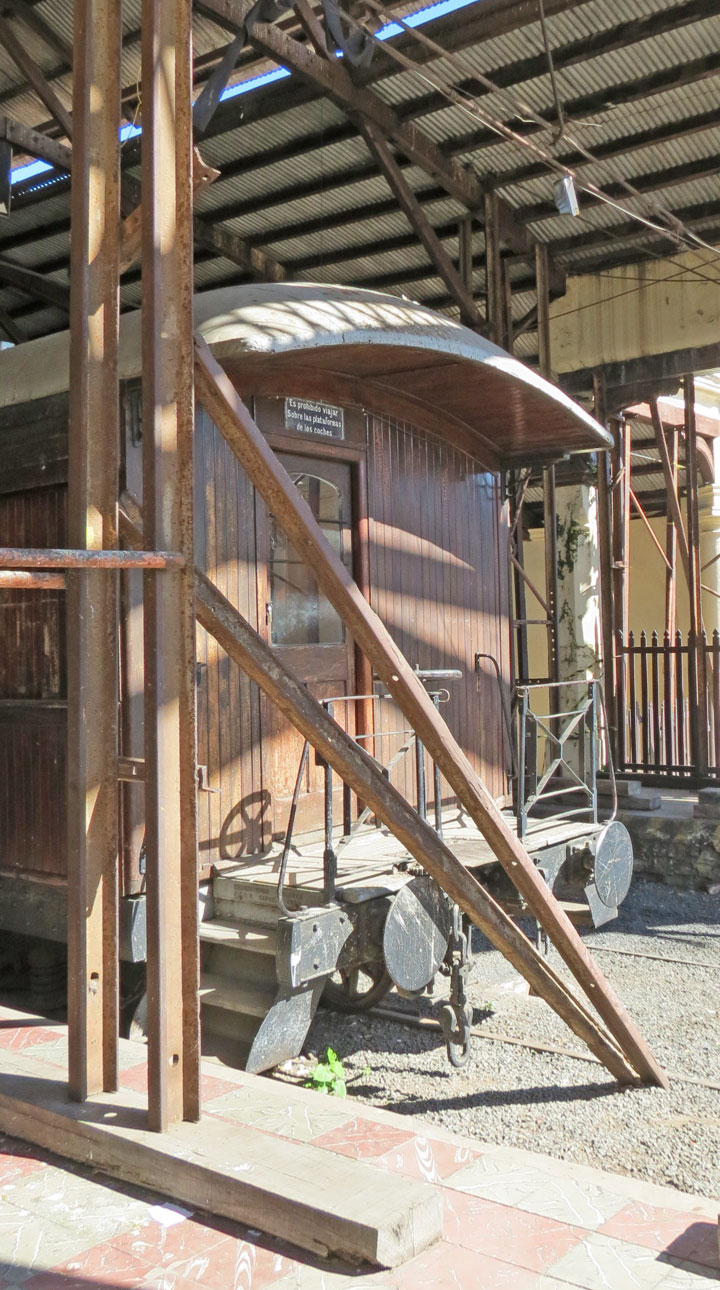
In these days the building it is still an attraction because of its
architectonic proportions and its beauty, and is not hard to imagine that it was
even more outstanding in the time it was built. The architect Alonzo Taylor
directed the construction. Taylor came from Europe in the ship “Río Blanco” on
May 6, 1859 and he also directed the construction of the Palace of Government
along with architect Raviza.
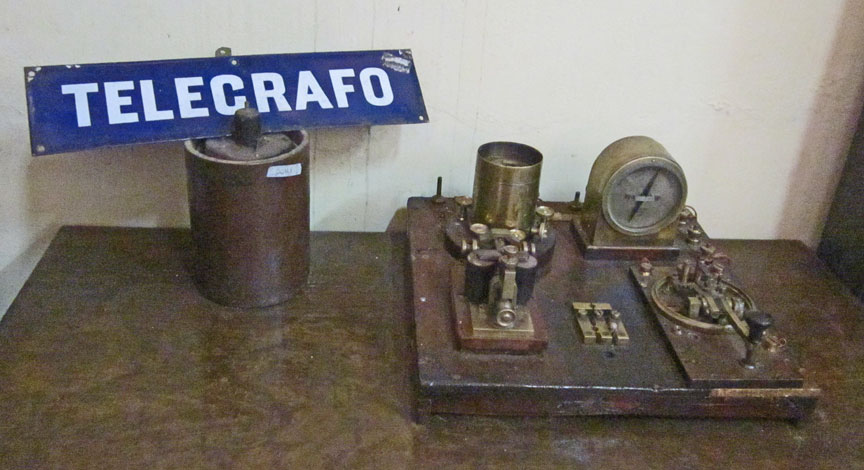
The journals of the time made many references to the Station Saint Francis. In
1863 the journal “El Semanario” wrote: “The construction work in the station is
marching well, soon the building will be complete and this beautiful
construction will be considered one of the icons of the city”.
Text from Wikipedia

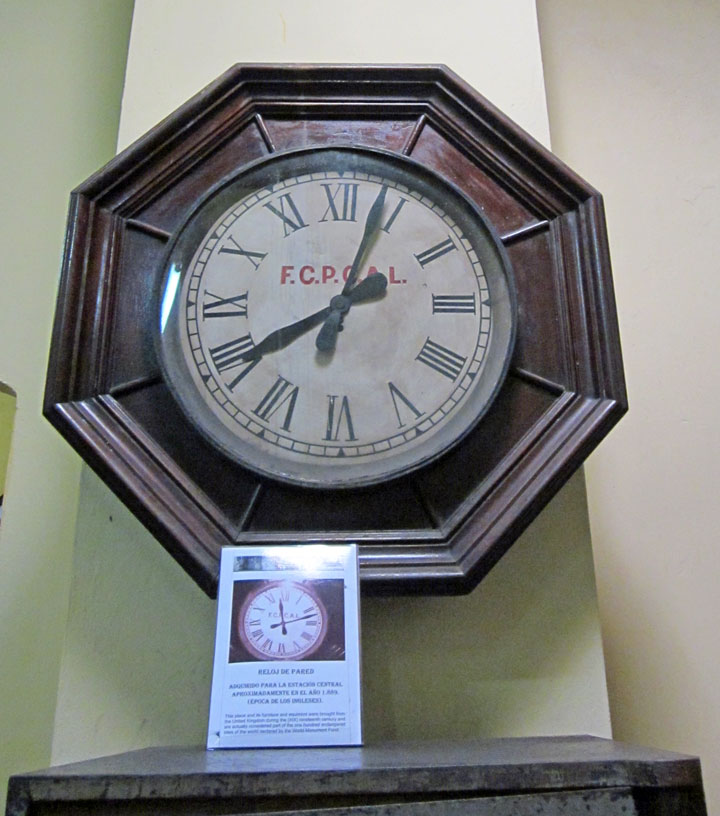
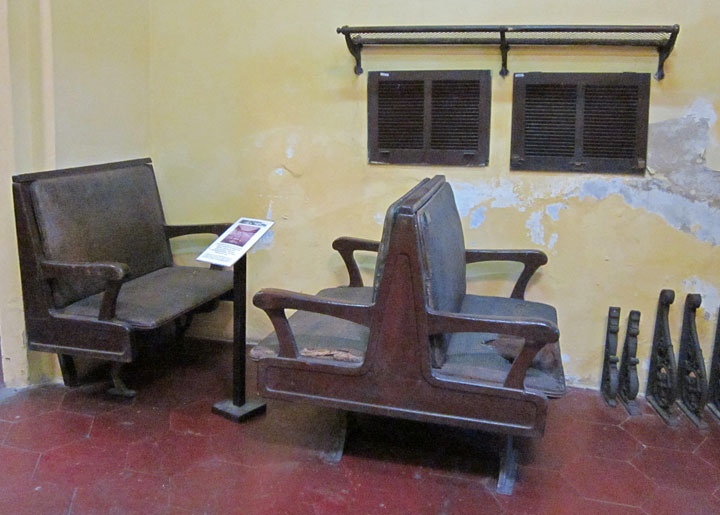
first class seating
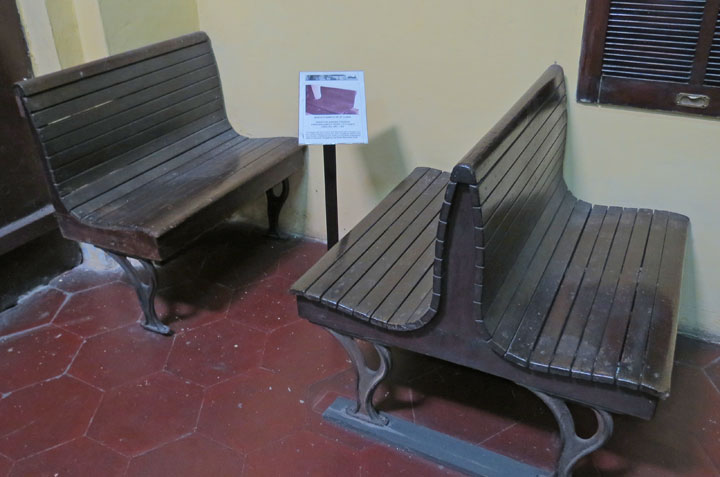
second class seating
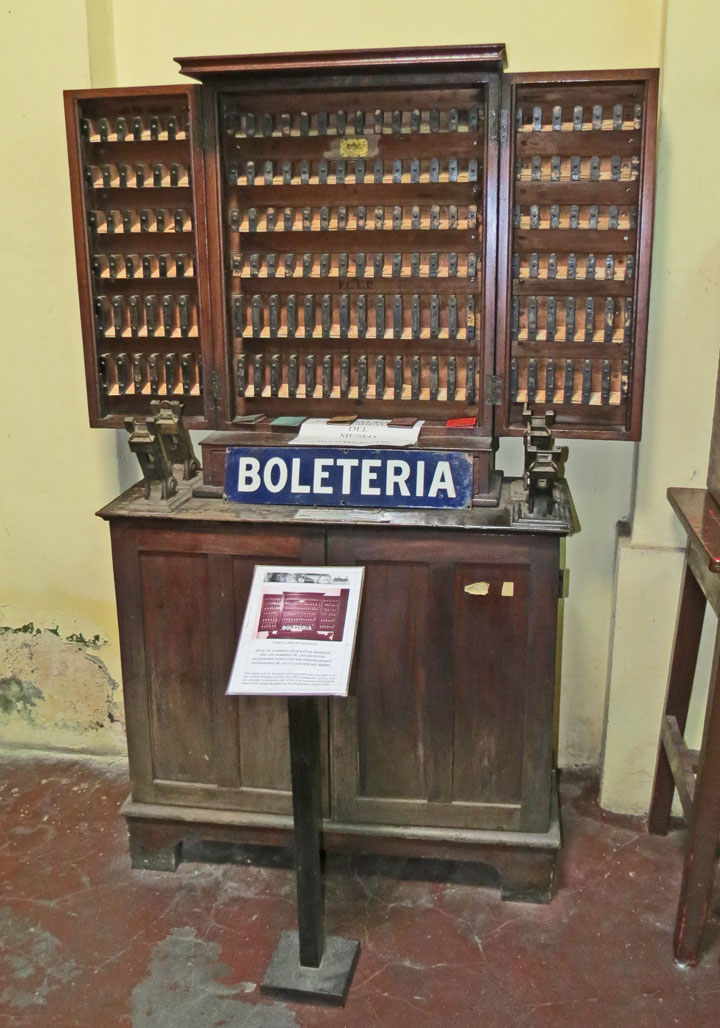
ticket holder
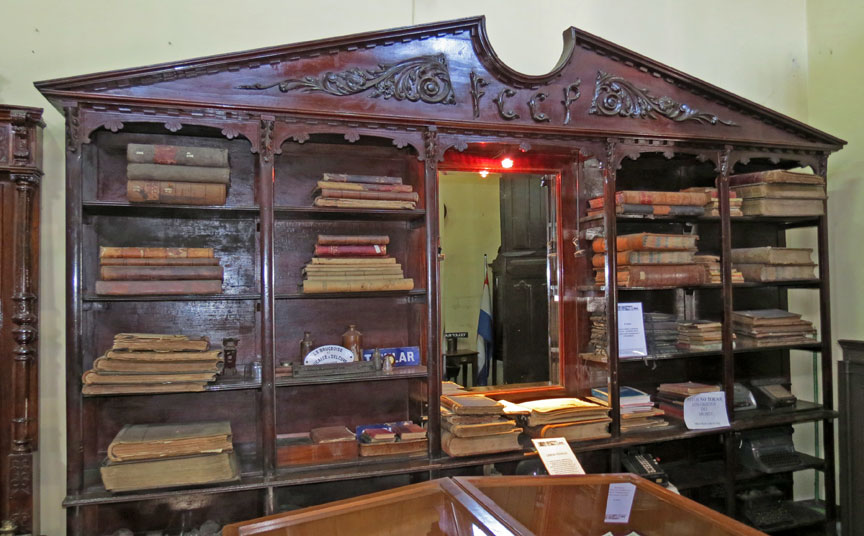
railroad records
